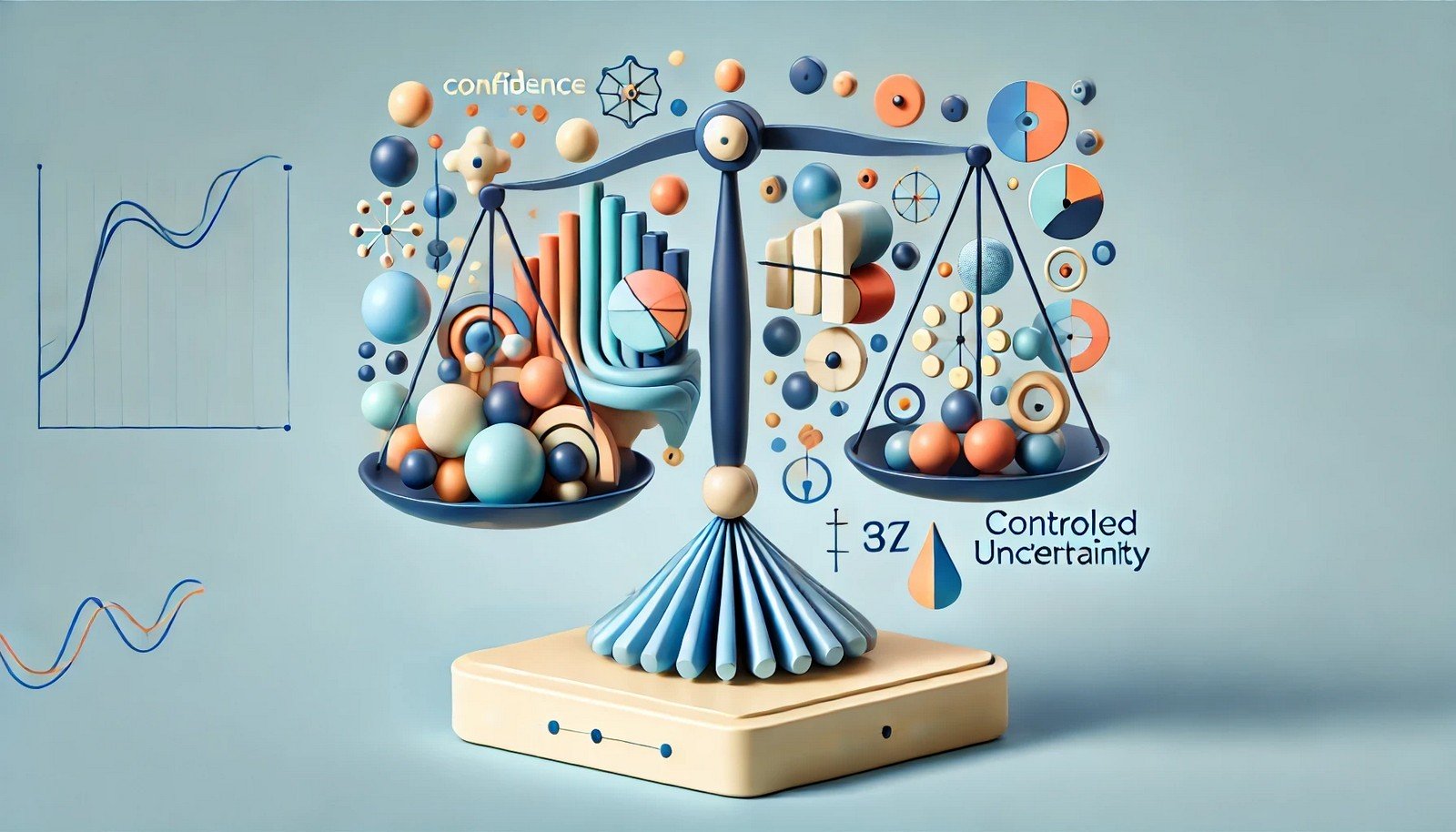Entropy Regularization

Quick Navigation:
- Entropy Regularization Definition
- Entropy Regularization Explained Easy
- Entropy Regularization Origin
- Entropy Regularization Etymology
- Entropy Regularization Usage Trends
- Entropy Regularization Usage
- Entropy Regularization Examples in Context
- Entropy Regularization FAQ
- Entropy Regularization Related Words
Entropy Regularization Definition
Entropy regularization is a method in machine learning used to add a penalty to the model based on the certainty of its predictions. When a model is overly confident in its predictions, entropy regularization penalizes this by increasing the entropy, or uncertainty, of the predictions. This technique prevents the model from becoming overly confident on the training data, thus helping it generalize better to new data. It’s commonly applied in supervised learning and reinforcement learning to combat overfitting, promoting more stable and robust predictions.
Entropy Regularization Explained Easy
Think of entropy regularization like balancing confidence. Imagine a person who is overly sure about everything – they might make quick, rigid decisions. Entropy regularization nudges the model to be a little less sure, keeping it from becoming too certain about its guesses. This way, it stays open to different outcomes and doesn’t get “stuck” on one answer.
Entropy Regularization Origin
The concept originates from the idea of entropy in information theory, where entropy represents the amount of disorder or unpredictability in a system. It was adapted into machine learning as a way to control model behavior by adding an element of uncertainty, encouraging models to be cautious with their predictions.
Entropy Regularization Etymology
The term “entropy” is derived from Greek, meaning “a turning toward.” In machine learning, it signifies the measure of uncertainty added to a model to enhance its generalization abilities.
Entropy Regularization Usage Trends
Entropy regularization is becoming increasingly popular, particularly in deep learning, as researchers look to improve model robustness and prevent overfitting. Its use spans reinforcement learning, supervised learning, and even some unsupervised learning contexts, where controlling certainty in predictions can be beneficial. As models become more complex, entropy regularization provides a way to balance this complexity and improve real-world applicability.
Entropy Regularization Usage
- Formal/Technical Tagging:
- Machine Learning
- Regularization Techniques
- Reinforcement Learning - Typical Collocations:
- "entropy regularization method"
- "apply entropy regularization"
- "prevent overfitting with entropy regularization"
- "penalize prediction certainty"
Entropy Regularization Examples in Context
- Entropy regularization is applied in reinforcement learning to prevent agents from converging too quickly on one policy.
- In deep learning, entropy regularization encourages neural networks to avoid overconfidence in predictions, leading to better generalization.
- Regularizing entropy can be crucial in medical diagnostics, where overconfident predictions can lead to misdiagnoses.
Entropy Regularization FAQ
- What is entropy regularization?
Entropy regularization is a technique that penalizes a model’s certainty to improve its generalization and avoid overfitting. - Why is entropy regularization important?
It prevents models from becoming too confident on training data, improving their performance on new data. - Where is entropy regularization used?
It’s used in supervised and reinforcement learning, especially in tasks requiring model robustness. - How does entropy regularization work?
It adds a penalty based on the model’s certainty, encouraging more balanced, generalized predictions. - Can entropy regularization prevent overfitting?
Yes, by reducing the model’s confidence in training data, it helps avoid overfitting. - Is entropy regularization useful in deep learning?
Absolutely, as it helps complex models manage confidence, aiding generalization. - How does entropy relate to uncertainty?
In this context, entropy measures uncertainty in predictions; higher entropy means less confidence. - What is the mathematical basis for entropy regularization?
It’s based on entropy from information theory, which quantifies uncertainty or disorder. - How does entropy regularization affect model accuracy?
While it may reduce over-confidence, it generally improves accuracy on new data. - Can entropy regularization be used with other techniques?
Yes, it’s often combined with other regularization methods like dropout and weight decay.
Entropy Regularization Related Words
- Categories/Topics:
- Machine Learning
- Reinforcement Learning
- Information Theory
Did you know?
Entropy regularization is often used in reinforcement learning to help AI agents explore their environment more effectively. By penalizing overly confident actions, the technique encourages agents to consider a broader range of possible actions, leading to more robust exploration and learning strategies.
PicDictionary.com is an online dictionary in pictures. If you have questions or suggestions, please reach out to us on WhatsApp or Twitter.Authors | Arjun Vishnu | @ArjunAndVishnu

I am Vishnu. I like AI, Linux, Single Board Computers, and Cloud Computing. I create the web & video content, and I also write for popular websites.
My younger brother, Arjun handles image & video editing. Together, we run a YouTube Channel that's focused on reviewing gadgets and explaining technology.



Comments powered by CComment